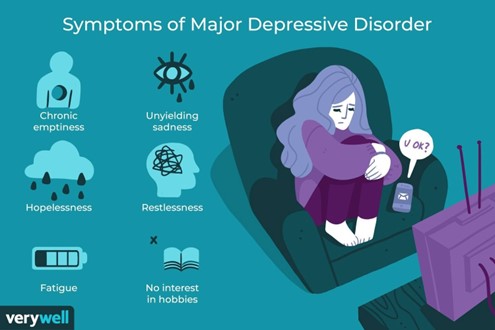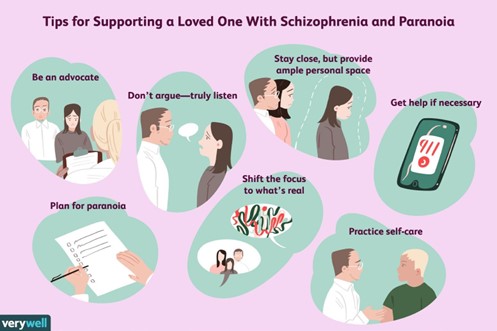A client with a major depressive disorder is admitted to the inpatient psychiatric unit. Which intervention should the practical nurse (PN) use to demonstrate support of the client?
Schedule regular periods of time for interaction with the client.
Recommend journaling and time taken in self-reflection.
Assist the client to identify symptoms of depression.
Incorporate animated communication techniques.
The Correct Answer is A
One of the most important interventions in caring for clients with major depressive disorder is building a therapeutic relationship. Scheduling regular periods of time for interaction with the client demonstrates support and provides an opportunity for the client to express their feelings and concerns. Journaling and self-reflection can be helpful interventions for some clients, but they do not necessarily demonstrate support.
Assisting the client to identify symptoms of depression is important for assessment and care planning, but it is not a way to demonstrate support.
Incorporating animated communication techniques may be appropriate for certain clients, but it is not a universal intervention for supporting clients with major depressive disorder.

Nursing Test Bank
Naxlex Comprehensive Predictor Exams
Related Questions
Correct Answer is B
Explanation
If the client in active labor expresses a desire to empty her bladder and her vaginal exam is unchanged, the practical nurse (PN) should assist her up to the bathroom. An empty bladder can help facilitate labor progress.
Reviewing the fetal heart rate pattern (A) is important, but it is not the most appropriate action in response to the client's request to empty her bladder. Checking the perineum for changes in "show" or discharge (C) is also important, but it is not the most appropriate action in this situation. Obtaining a straight catheter kit to empty the client's bladder (D) may be necessary if she is unable to empty her bladder on her own, but assisting her up to the bathroom should be attempted first.
Correct Answer is D
Explanation
The first intervention the PN should implement is to **sit and offer to listen to the client's concerns**. It is important to approach the client in a calm and non-threatening manner and to establish a rapport with him. Offering to listen to his concerns can help the client feel heard and understood, and can help build trust between the client and the PN.

Whether you are a student looking to ace your exams or a practicing nurse seeking to enhance your expertise , our nursing education contents will empower you with the confidence and competence to make a difference in the lives of patients and become a respected leader in the healthcare field.
Visit Naxlex, invest in your future and unlock endless possibilities with our unparalleled nursing education contents today
Report Wrong Answer on the Current Question
Do you disagree with the answer? If yes, what is your expected answer? Explain.
Kindly be descriptive with the issue you are facing.
